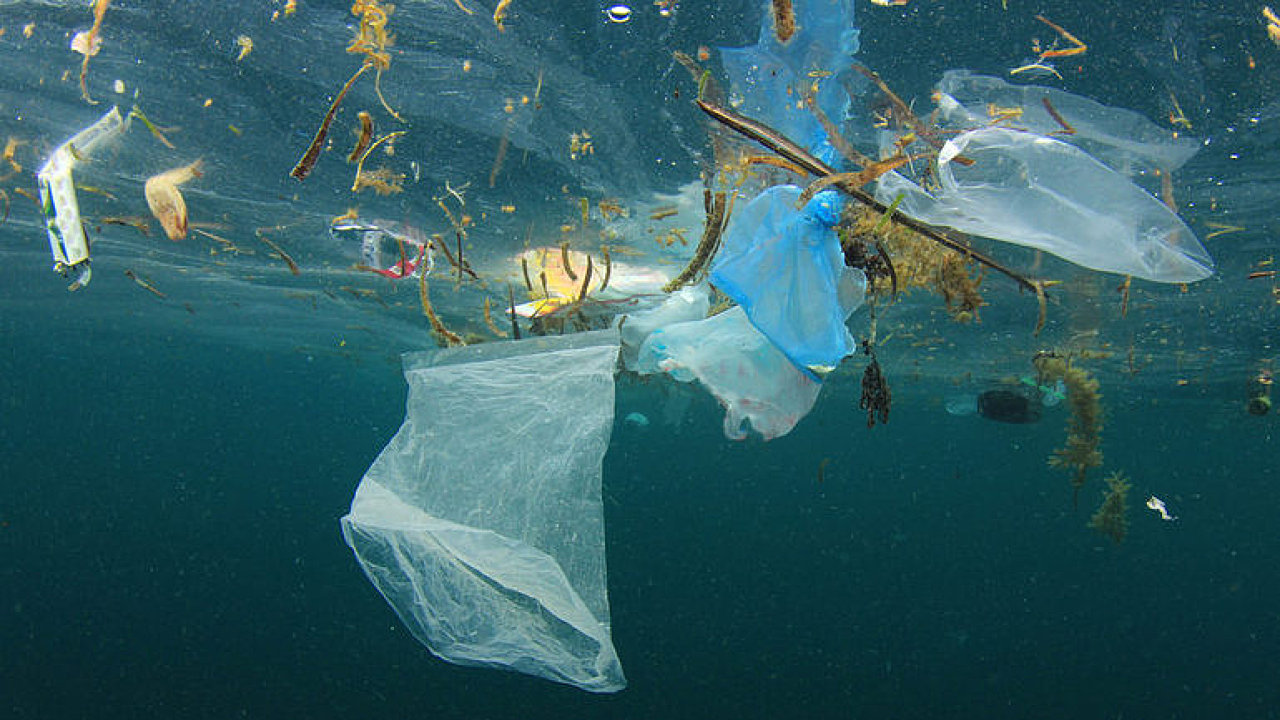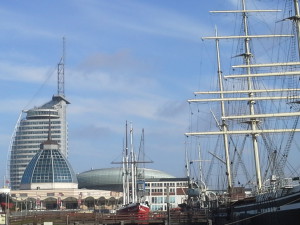 Členské země Evropské unie v roce 2020 formálně potvrdily novou směrnici zakazující plastové výrobky na jedno použití. Cílem opatření, které se týká například jednorázových brček, nádobí, tyčinek do uší i některých dalších plastových výrobků, k nimž existují ekologičtější alternativy, je snížit množství plastového odpadu.
Členské země Evropské unie v roce 2020 formálně potvrdily novou směrnici zakazující plastové výrobky na jedno použití. Cílem opatření, které se týká například jednorázových brček, nádobí, tyčinek do uší i některých dalších plastových výrobků, k nimž existují ekologičtější alternativy, je snížit množství plastového odpadu.
Členské státy mají nyní nejvýše dva roky na převedení nových pravidel do svých vlastních zákonů.
Rozhodnutí členských zemí, které je završením celého legislativního procesu, v úterý oznámila Rada EU v tiskové zprávě. Nová pravidla předložila Evropská komise přesně před rokem, od té doby se o jejich konečné podobě vyjednávalo. Evropský parlament text směrnice odsouhlasil v březnu.
Přestat by se tak měly prodávat jednorázové plastové příbory, talíře, úchyty k nafukovacím balonkům, polystyrenové obaly na potraviny a hrnky na nápoje určené k okamžité spotřebě a také další produkty z plastů, které mohou přispívat ke znečištění takzvanými mikroplasty.
Členské státy se také dohodly, že do roku 2029 by mělo být recyklováno devět desetin plastových lahví. Do roku 2025 budou muset být takové lahve vyráběny alespoň se čtvrtinovým použitím recyklovaného plastu, do roku 2030 by měl tento podíl vzrůst na třicet procent.
Nové předpisy jsou namířeny také proti filtrům v tabákových výrobcích, jejichž součástí jsou nyní plasty. Cigarety a další výrobky, které takové filtry mají, budou muset být opatřeny příslušným upozorněním, včetně poznámky o škodách hrozících životnímu prostředí, pokud bude filtr odhozen jinam než do koše.
Členské země také mají přijmout kroky, aby výrazně snížily užívání plastových obalů na potraviny a nápoje, pro které zatím neexistují náhradní obaly. Mohou například zajistit, aby se nenabízely bezplatně.
Balonky, hygienické vložky nebo vlhčené ubrousky budou muset mít jasné označení, které bude obsahovat návod, jak odpad odstraňovat, informace o negativním dopadu výrobků na životní prostředí a o přítomnosti plastů v nich.
V EU se každoročně spotřebuje 580 miliard plastových cigaretových filtrů, 46 miliard plastových lahví na nápoje, 36,4 miliardy plastových brček, 16 miliard plastových kelímků na kávu nebo 2,5 miliardy plastových nádob na potraviny, uvádí Greenpeace.
Většina všech vyrobených plastů končí na skládkách nebo v přírodě. Recykluje se méně než 30 procent evropských plastových odpadů, přičemž 40 procent z nich se vyváží, především do Asie. Zbytky rybářských zařízení jako sítě a lana patří mezi deset nejčastějších odpadků na plážích (tvoří 27 procent z celkového počtu). Brčka na pití, které vydaly restaurace rychlého občerstvení v EU za rok, by položená za sebou desetkrát dosáhla na Měsíc a zpět, doplňuje ekologická organizace.
 Sibur “decided to implement the project” Zapsibneftehim, “the company said. The entire project is estimated at $ 9.5 billion (about 360 billion rubles.), Including losses already incurred. This year, due to the start of the project capex “Sibur” will grow 1.4 times to 74 billion rubles. “In recent years, the company has implemented large-scale projects aimed at increasing the gas processing and fractionation capacity, improving the reliability of the transport infrastructure, the creation of the first large capacity polymer. All this sets the stage for the gradual transition to the next stage of the project “– are reported” Sibur “words CEO Dmitry Konov.
Sibur “decided to implement the project” Zapsibneftehim, “the company said. The entire project is estimated at $ 9.5 billion (about 360 billion rubles.), Including losses already incurred. This year, due to the start of the project capex “Sibur” will grow 1.4 times to 74 billion rubles. “In recent years, the company has implemented large-scale projects aimed at increasing the gas processing and fractionation capacity, improving the reliability of the transport infrastructure, the creation of the first large capacity polymer. All this sets the stage for the gradual transition to the next stage of the project “– are reported” Sibur “words CEO Dmitry Konov.
On the implementation of “Zapsibneftehima” “Sibur” mused since 2011 it costs comparable with the entire investment program of the holding for the last five years. “Y” Sibur “stable financial position” – are reported Konova. At June 30, the company’s debt load was 1,27 EBITDA (114,5 billion rubles.). Until now, apart from the last year, the investment “Sibur” was held at the level of 70 billion rubles., Says the head of the branch center Rupec Andrei Kostin. Now, revenue and EBITDA of the holding by the launch of new projects to grow (only in the first half EBITDA increased by 29.8% to 49.5 billion rubles.), So that the new project “Sibur” quite capable, he said.
The project “Zapsibneftehima” involves the construction of pyrolysis unit capacity of 1.5 million tons of ethylene (the raw material for the production of polymers), as well as about 500 000 tonnes of propylene and 100,000 tonnes of butane-butylene fraction of a year, the production of various grades of polyethylene capacity of 1.5 million tonnes per year polypropylene production capacity of 500 000 tonnes per year, the report said holding. By 2013 Power “Sibur” on polypropylene were 750,000 tons (including power sharing with “Gazprom Neft» plant “Petrochemicals”) and 245 000 tonnes of high-density polyethylene. “Zapsibneftehim” will be located near the existing site “Sibur” Tobolsk. The project will take up to five and a half years, the peak of the investment will be in the 2016-2017 biennium., According to the materials of the holding.
Raw materials for new production is said Kostin. Needs “Zapsibneftehima” – about 3 million tonnes of liquefied petroleum gas (LPG). To launch the project on the site will be Tobolsk produced about 5 million tons of LPG, of which only 600,000 tons needed for current production, he said.
In 2013, the basic polymers (raw material for packaging, plastic pipes, and so on.) Accounted for 9% of revenue “Sibur”, follows from the presentation of the holding. Russia now has the lowest level of consumption of polypropylene and polyethylene of low pressure – 6 and 4 kg, respectively, per capita (the leader, Western Europe, – 18 and 8 kg). According to the “Sibur”, by 2020 the consumption of polypropylene in Russia (the main market for “Sibur”) will grow by 3.7% in comparison with 2013, high-density polyethylene – by 3.1%, it follows from the presentation of “Sibur”.
